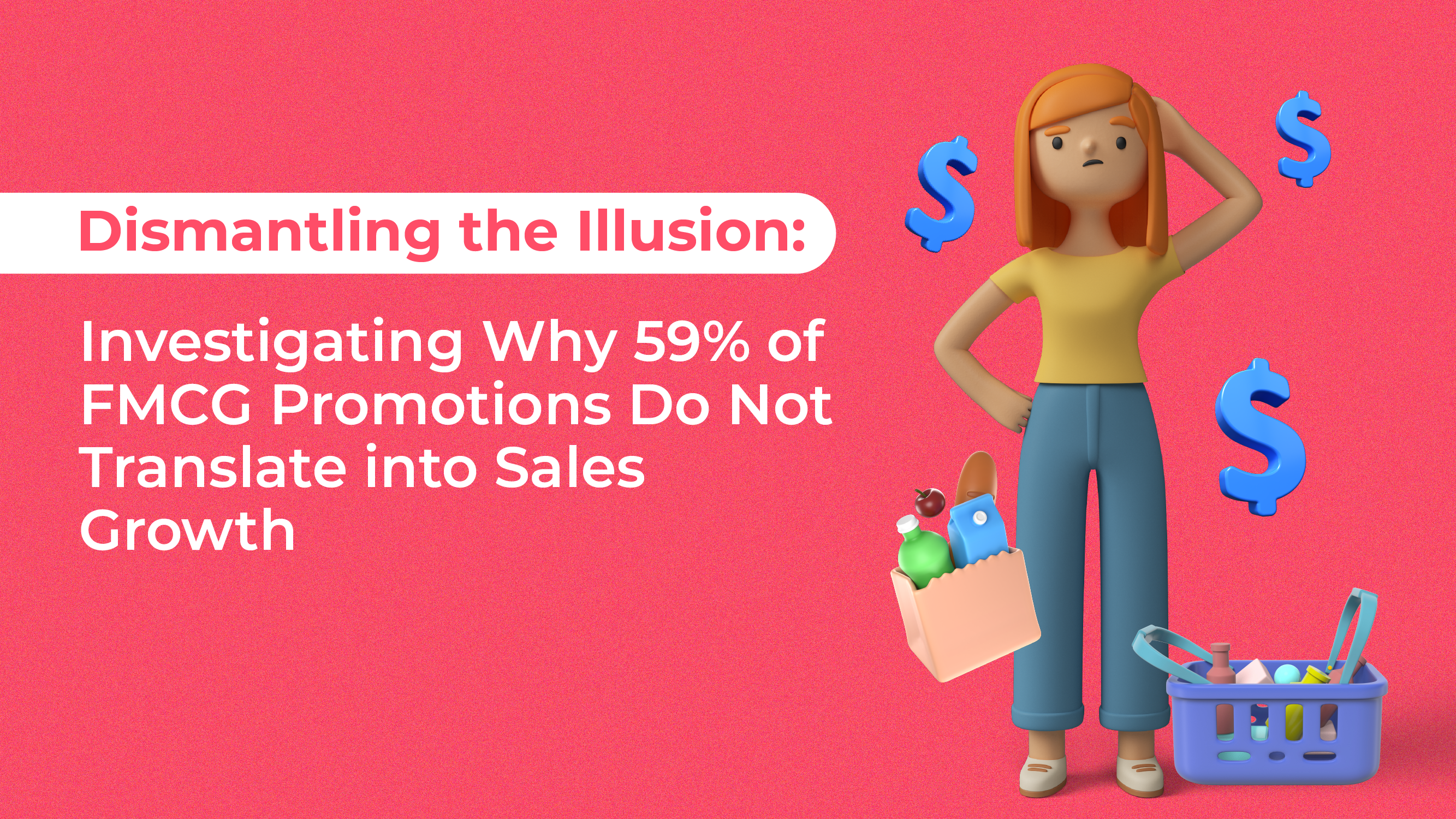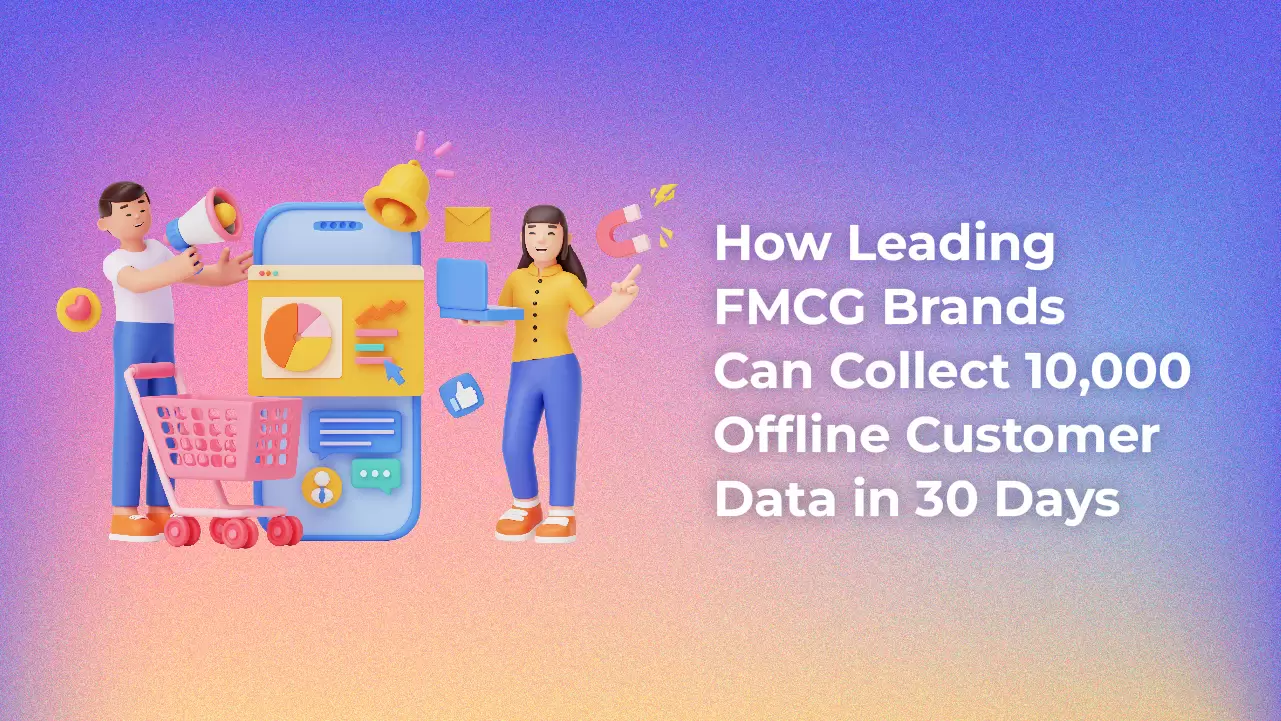Over the past decade, the retail industry has embraced significant changes in it’s nature, and is set to continue evolving over time.
After the new year, consumer spending was predicted to weaken slightly, but remain strong in 2019. As retail continues to evolve, retailers will face both challenges and opportunities as they address a highly competitive market.
Successful retailers will need to focus on a variety of trends that are expected to affect businesses, as well as the retail industry as a whole.
Laborers Face An Uncertain Position With New Technology
Labor continues to be a challenging aspect of retail, as competition and low-unemployment rates make it difficult to staff brick-and-mortar setups. However, many have started experimenting with technologies that are slowly replacing traditional laborers. Self-checkouts and mobile check-out services, for example, are reducing cashier hours and providing flexibility in employee management.
Amazon has set the standard, welcoming modern robots and artificial intelligence into their production chains. Roughly 100,000 robots have been deployed in 26 fulfillment centers worldwide. The robotic drive units not only contribute to streamlining inventory management, but act to assist employees with their day-to-day procedures. Across the board, retailers are looking towards this game-changing aspect of retail and just how laborers will be affected by it.
Welcoming Experiential Retail
Driven by millennial behavior, it has been established that this generation of consumers are less focused on product-based marketing than previous generations. The hype of providing engaging experiences is slowly replacing consumers who are strictly shopping for products.
Stores like Sephora, for example, are rethinking their store concepts by introducing mobile elements and activities that are unrelated to product purchases or marketing. Samsung unveiled a $43 million “pop-up” that features their products, but doesn’t actually sell any. Improved mobile technology, combined with the emergence of virtual and augmented reality is pushing the retail industry into a new-age of branding and marketing.
Maintaining A Brick-And-Mortar Store Is Still Important
Technological advances are not making retail locations extinct. On the contrary, they are creating a platform for consumers to engage with the brand, in the hopes that they will come by the store.
It is not convenience that gets the people flocking to a store’s location, but it is the experience given. Retailers need to be in-tune with the reasons why people still come to tradition brick-and-mortar stores. Some do it for the social-experience, others do it because of the excitement of product-discovery. Finding out why requires a detailed analysis of customer insights that can be obtained through data collection.
There is no “correct” customer experience strategy that will drive your in-store sales. However, a focus should be given towards your store and your shoppers. It’s essential to know how to reach your customers over digital platforms – eventually converting that experience into store visits, and finally product sales.
Small-Format Stores Are Set For High-Productivity
Small-format stores that hold little to no inventory will be a continuing trend in 2019. Why smaller shops? Simply put, consumer behavior. The internet is enabling shoppers to browse and buy at their own convenience. Supply chain advancements are also making it possible to retailers to fulfill the size of these orders rather quickly.
Due to this trend in consumer behavior, establishing large-stores just doesn’t seem practical to many who have made and are looking to make major shifts into digital retail. Maintaining brick-and-mortar stores is important, but these days, retail stores are more productive with smaller formats that carry novelty products and offer services.
Conclusion
According to retail expert Rich Kizer and Georganne Bender, modern consumers still expect and react well to great service. “Even shoppers who love everything high-tech still want to talk with knowledgable store associates who can help them make the right decision.”
Even with advancements in precise AI technology, the human-touch and social interactions are still a major factor associated with customer experiences. Till then, it is still about the in-store experience, and it will be for a long time to come.
Actionable Takeaway: Today, Amazon has established themselves as a major game-changer to the retail industry as a whole. Their approach to innovation has changed the functions of retail and are slowly defining a new era. To read a little more on what Amazon has done to date, click here!









